I'm trying to implement og test the results discussed in the linked JeeLab post in a low power battery powered device. http://jeelabs.org/2013/05/18/zero-power-measurement-part-2/#comments
The post describes a method for monitoring the battery voltage through a voltage divider that can be switched off by a P-channel and a N-channel mosfet. Similar solutions are discussed here:
Low Current Battery Monitor Detail Question
Low current battery monitoring
The question is how do I select an optimal N-channel og P-channel mosfet for this application? Which electrical parameters should I base the component selection on? If anyone have experiance with this method and/or selection of components sharing would be appreciated.



